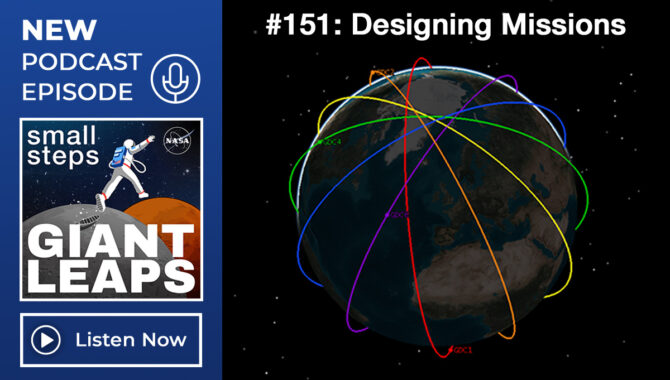
NASA’s design labs are where engineers develop concepts for missions and ideas for scientific instruments.

NASA’s design labs are where engineers develop concepts for missions and ideas for scientific instruments.
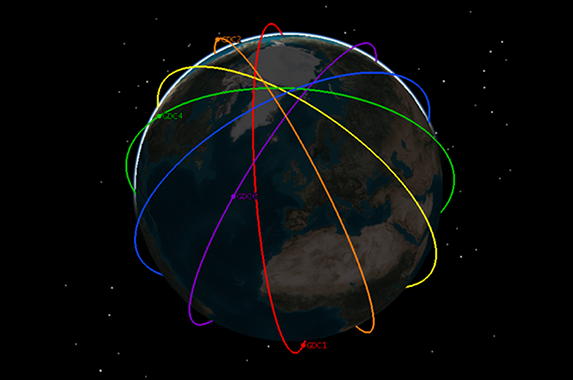
NASA’s design labs are where engineers develop mission concepts and ideas for scientific instruments.
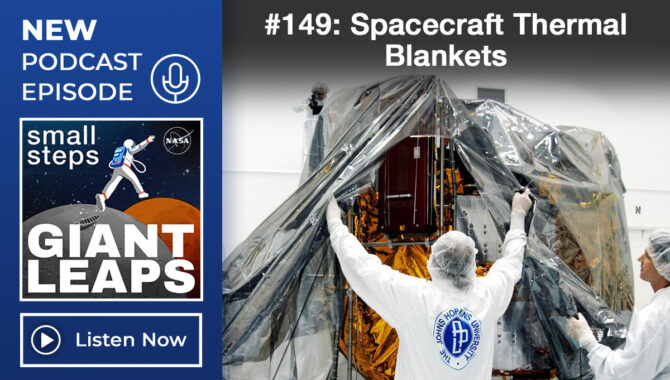
Every spacecraft needs a good blanket — one that can withstand the extreme cold, the Sun’s intense radiation, and impacts from micrometeoroids. At NASA’s Goddard Space Flight Center, Paula Cain is one of the skilled hands behind these essential layers of protection.
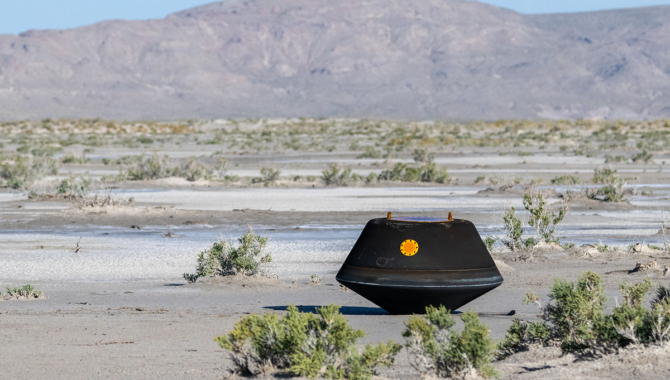
The parent of Bennu was deep in the solar system, held many of the building blocks of life, and likely contained salty brines below the surface.
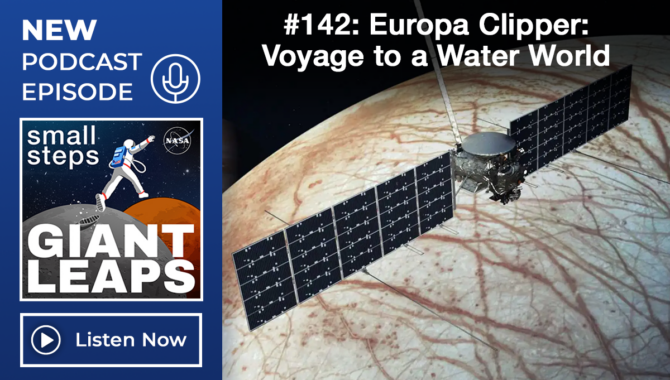
Could Jupiter’s icy moon Europa harbor the conditions for life in the ocean beneath its icy crust? The Europa Clipper mission is on a voyage to find out.
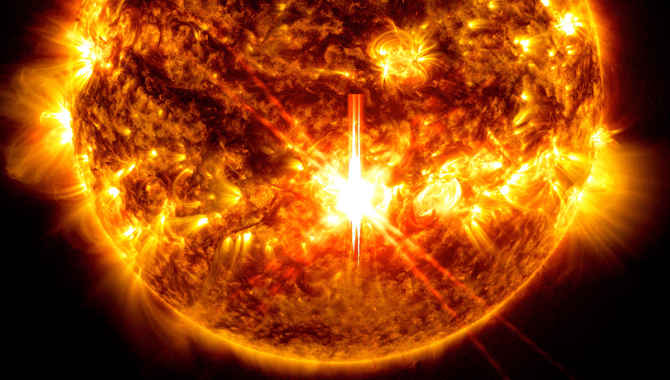
Powerful geomagnetic solar storms mark new phase of 11-year cycle, as Parker Solar Probe comes ever closer to the Sun’s surface.
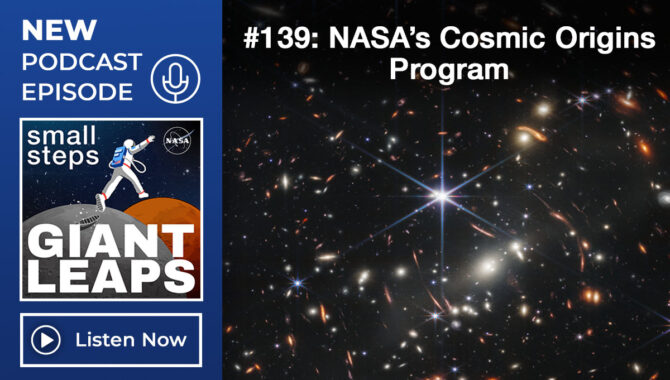
Where did we come from? It’s the ultimate question. Drs. Ron Gamble and Swara Ravindranath, scientists for NASA’s Cosmic Origins Program, are working to find out.
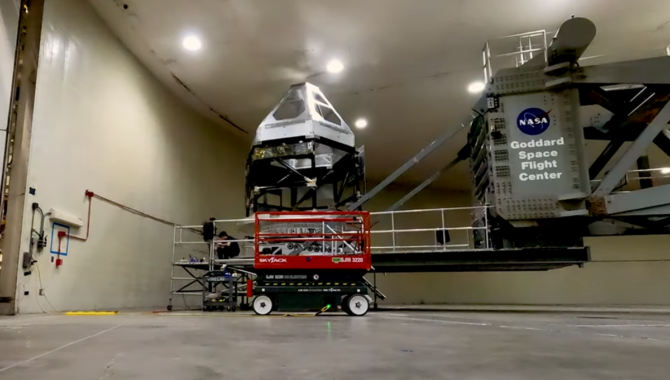
This time-lapse covers one tiny part of the intricate dance that all of Roman’s systems have been working their way through on their path to joining together as the complete observatory.

The Sun is the star of our cosmic show, but there’s a lot we don’t know about it. Dr. Joseph Westlake, director of NASA’s Heliophysics Division, talks about how NASA studies the Sun for the benefit of all.